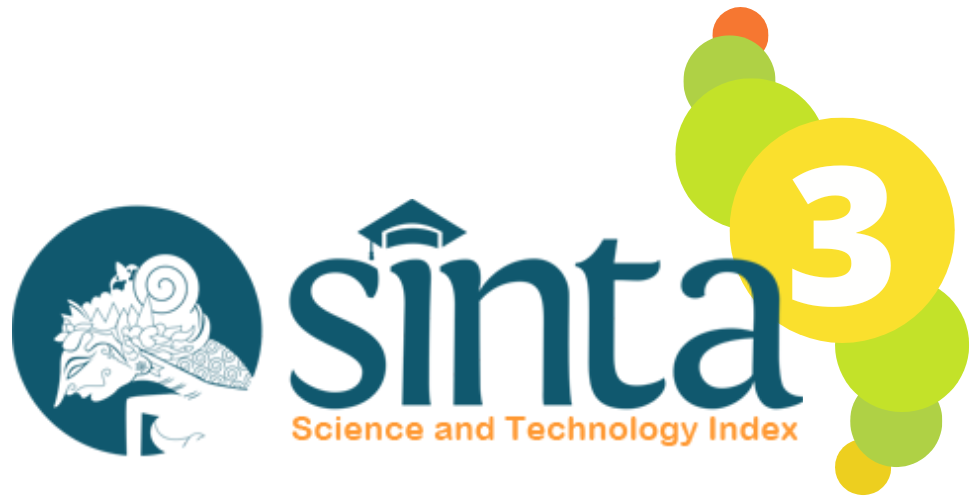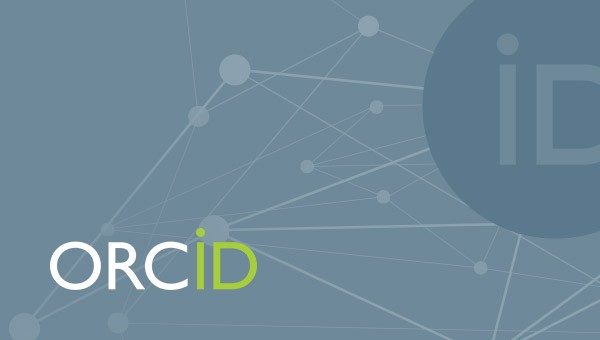Analysis of High Order Thinking Skills of High School Students in Solving Heat and Thermodynamics Problems
DOI:
10.29303/jpft.v11i1.8030Published:
2025-03-27Issue:
Vol. 11 No. 1 (2025): January-JuneKeywords:
HOTS, heat, thermodynamicsArticles
Downloads
How to Cite
Downloads
Metrics
Abstract
Higher order thinking skills are skills that 21st century students should have in order to compete globally. Higher-order thinking skills involve complex thinking processes, including analysing, evaluating and creating. This study aims to analyse students' higher order thinking skills in solving heat and thermodynamics problems. The samples used in this study were grade 12 students in the 2024/2025 academic year, as many as 64 students. Data collection was carried out through the results of high thinking ability tests on heat and thermodynamics material with Bloom's tachnosomy domain levels C4, C5, and C6. The method used is quantitative method with purposive sampling technique. The results of this study, students have the ability to analyse (C4) by 61.34%, the ability to evaluate (C5) by 26%, and the ability to create (C6) by 12.66%. The conclusion of this study is that students are in the good category in the analysing aspect, the less category in the evaluating aspect and the very less category in the creating aspect. This means that students can complete the completion stage but are less able to compile information so that they are unable to produce perfect answers.
References
Arikunto, S. (2018). Prosedur Penelitian. Jakarta: PT Rineka Cipta.
Faizin, M., & Mambrasar, O. (2022). Hubungan Kreativitas Guru Dengan Minat Baca Siswa Pada Pelajaran Bahasa Indonesia Kelas V SD Alfa Omega Waisai. Jurnal Frasa: Jurnal Keilmuan Bahasa, Sastra, dan Pengajarannya, 3(1): 59-66.
Firdausi, B. W., Warsono, W., & Hasanah, I. A. (2022). Peningkatan Kemampuan Berpikir Kritis Pada Siswa Sekolah Dasar. Jurnal Mudarrisuna: Media Kajian Pendidikan Agama Islam, 11(2): 229-243.
Gaol, B.K.L., Silaban, P.J., & Sitepu, A. (2022). Pengaruh Kemampuan Berpikir Kritis Terhadap Hasil Belajar Siswa Pada Tema Lingkungan Sahabat Kita Di Kelas V SD. Jurnal PAJAR (Pendidikan dan Pengajaran). 6(3): 767-782. DOI: https://doi.org/10.33578/pjr.v6i3.8538
Halim, A. (2020). Pengaruh Pertumbuhan Usaha Mikro, Kecil Dan Menegah Terhadap Pertumbuhan Ekonomi Kabupaten Mamuju, Jurnal Ilmiah Ekonomi Pembangunan, 1(2): 157-172. DOI: https://doi.org/10.46821/bharanomicss.v1i1.14
Irvan, A.I., Afgani, M.W., & Isnaini, M. (2023). Filosofi Penelitian Kuantitatif Dalam Manajemen Pendidikan Islam. Jurnal Review Pendidikan dan Pengajaran (JRPP), 6(4):1407-1417.
Khotimah, K., Nyeneng, I.D.P., & Sesunan, F. (2017). Pengaruh Kemampuan Berpikir Kritis dan Respons Bahan JAar Multipresentasi Terhadap Hasil Belajar. Jurnal Pembelajaran Fisika Universitas Lampung, 5(3).
Komariyah, S., & Laili, A.F.N. (2018). Pengaruh Kemampuan Berpikir Kritis Terhadap Kemampuan Hasil Belajar Matematika, Jurnal Penelitian Pendidikan dan Pengajaran Matematika, 4(2): 55-60.
Lestari, D., Asbari, M., & Yani, E.E. (2023). Kurikulum Merdeka: Hakikat Kurikulum Dalam Pendidikan. Jurnal Sistem Informasi dan Managemen, 2(5): 85-88.
Nadhiroh, S., & Anshori, I. (2023). Implementasi Kurikulum Merdeka Belajara Dalam Pengembangan Kemampuan Berpikir Kritis Pada Pembelajaran Pendidikan Agama Islam. Fitrah: Journal of Islamic education, 4(1): 56-68. DOI: https://doi.org/10.53802/fitrah.v4i1.292
Safna, O.P., & Wulandari, S.S. (2022). Pengaruh Motivasi, Disiplin Belajar, Dan Kemampuan Berpikir Kritis Terhadap Hasil Belajar Siswa. Scaffolding: Jurnal Pendidikan Islam dan Multikulturalisme, 4(2): 140-154. DOI: https://doi.org/10.37680/scaffolding.v4i2.1458
Sirait, R.A., Nasbay, H., & Budi, E. (2024). Rancangan Modul Elektronik Dilemma-STEAM Pada Materi Energi Terbarukan, Prosiding Seminar Nasional Fisika (E-Journal). https://journal.unj.ac.id/unj/index.php/prosidingsnf/article/view/41886/16617 [diakses pada 4 Juni 2024].
Sugiyono. (2019). Metode Penelitian Kuantitatif, Kualitatif. Bandung: Alfabeta.
Suryaman, M. (2020). Orientasi Pengembangan Kurikulum Merdeka Belajar. Seminar Nasional Pendidikan Bahasa dan Sastra, 13-28.
Vhalery, R., Setyastanto, A.M., & Leksono, A. (2022). Kurikulum Merdeka Belajar Kampus Merdeka: Sebuah Kajian Literatur. Research and Development Journal of Education, 8(1): 185. DOI: https://doi.org/10.30998/rdje.v8i1.11718
Wakhidyah, S. H., Supriadi, B., & Anggraeni, F. K. A. (2023). Analysis of High-Order Thinking Skills of High School Students in Solving Problems Related to Temperature and Heat. Jurnal Pendidikan Fisika Dan Teknologi, 9(1), 70–77. https://doi.org/10.29303/jpft.v9i1.4778 DOI: https://doi.org/10.29303/jpft.v9i1.4778
Yurika, U.L., Marlina, L., & Wiyono, K. (2023). Analysis of Physics E-LKPD Needs Based on Problem-Based Learning to Improve Students’ Critical Thinking Skills. Jurnal Pendidikan Fisika dan Teknologi, 9(1): 177-184. DOI: https://doi.org/10.29303/jpft.v9i1.5093
Author Biographies
Sasti Handayani Wakhidyah, University of Jember
Master of Science Education Study Program
Imam Mudakir, Uninversity of Jember
Sri Wahyuni, University of Jember
License
Copyright (c) 2025 Sasti Handayani Wakhidyah, Imam Mudakir, Sri Wahyuni

This work is licensed under a Creative Commons Attribution-ShareAlike 4.0 International License.
Authors who publish with Jurnal Pendidikan Fisika dan Teknologi (JPFT) agree to the following terms:
- Authors retain copyright and grant the journal right of first publication with the work simultaneously licensed under a Creative Commons Attribution License 4.0 International License (CC-BY-SA License). This license allows authors to use all articles, data sets, graphics, and appendices in data mining applications, search engines, web sites, blogs, and other platforms by providing an appropriate reference. The journal allows the author(s) to hold the copyright without restrictions and will retain publishing rights without restrictions.
- Authors are able to enter into separate, additional contractual arrangements for the non-exclusive distribution of the journal's published version of the work (e.g., post it to an institutional repository or publish it in a book), with an acknowledgement of its initial publication in Jurnal Pendidikan Fisika dan Teknologi (JPFT).
- Authors are permitted and encouraged to post their work online (e.g., in institutional repositories or on their website) prior to and during the submission process, as it can lead to productive exchanges, as well as earlier and greater citation of published work (See The Effect of Open Access).










